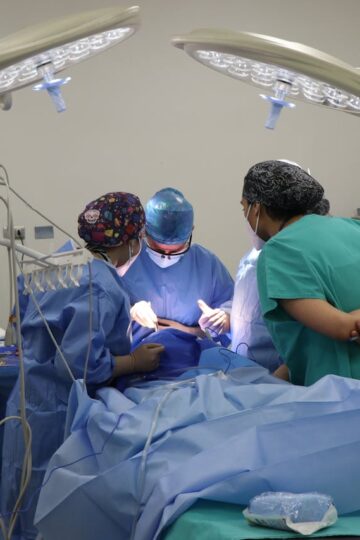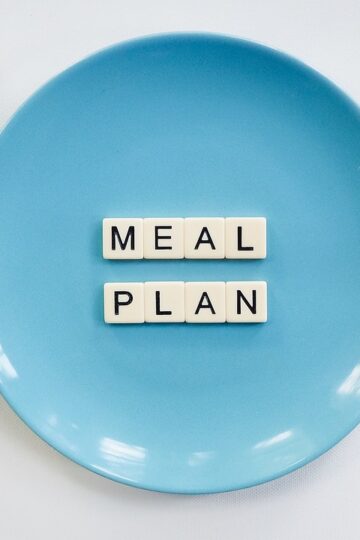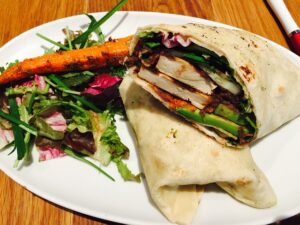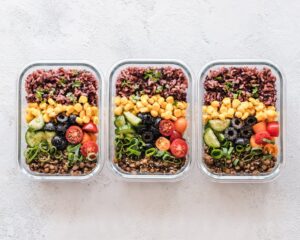Are you tired of feeling restricted by joint pain? Does excess weight make everyday activities feel like a chore? If so, you’re not alone. Many people struggle with the physical limitations that come from carrying extra pounds. But what if there was a way to reclaim your mobility and alleviate that nagging discomfort? Liposuction is a cosmetic procedure often misunderstood as merely an aesthetic fix. In reality, it can serve as a transformative tool for those looking to improve their quality of life by reducing both body fat and joint strain. Let’s explore how this innovative approach could be the key to unlocking greater freedom in movement and relief from persistent pain.
The Connection Between Excess Fat and Joint Pain
Excess fat can significantly impact joint health. Carrying extra weight places added stress on joints, particularly those in the lower body like knees and hips. This pressure can lead to inflammation and pain over time. Fat tissue is not just passive. It produces inflammatory substances called cytokines. These compounds contribute to pain and worsen conditions such as arthritis. As a result, individuals may find themselves in a cycle of discomfort that limits movement. In addition, excess weight often restricts mobility, making physical activity challenging. Reduced movement leads to weaker muscles around joints, further exacerbating pain issues.
How Liposuction Can Improve Mobility
Liposuction can play a transformative role in enhancing mobility. By removing excess fat, the body becomes lighter and more agile. This reduction in weight alleviates strain on joints, making movement easier. Many people experience stiffness or discomfort while performing daily activities due to accumulated fat around areas like the abdomen and thighs. After liposuction, these problem zones are often reshaped. Individuals report feeling freer during physical tasks such as walking or climbing stairs. Additionally, improved self-esteem after the procedure often encourages an active lifestyle. When one feel better about their appearance, they are more likely to engage in exercise and outdoor activities.
The Benefits of Liposuction for Joint Pain Relief
Liposuction offers more than just aesthetic enhancements. For many, it serves as a pathway to improved joint function and decreased pain. Excess weight places significant strain on joints, especially in the knees and hips. By reducing fat deposits through liposuction, patients often experience less pressure on these critical areas. Additionally, lighter body weight can enhance mobility. Simple tasks like walking or climbing stairs become easier when joints aren’t burdened by extra pounds. This newfound freedom can lead to increased physical activity, further alleviating discomfort.

Liposuction Techniques for Targeting Problem Areas
Liposuction offers various techniques tailored to target specific problem areas. Each method has its unique advantages, making it easier for both patients and surgeons to achieve desired results. Tumescent liposuction is one of the most common approaches. It involves injecting a solution into the fat layer, which helps minimize pain and blood loss during the procedure. This technique allows for precise removal of fat from areas like the abdomen and thighs.
Recovery and Aftercare Tips for Optimal Results
After undergoing liposuction, proper recovery is essential for achieving the best results. Start by following your surgeon’s post-operative care instructions closely. This includes wearing compression garments as advised to help reduce swelling and support healing. Stay hydrated throughout your recovery. Drinking plenty of water can aid in flushing out toxins and …



 First off, it’s your call to go to a grocery store and grab some real whole foods. We’re talking about fruits, green veggies, red meat, fish, and more. But why?
First off, it’s your call to go to a grocery store and grab some real whole foods. We’re talking about fruits, green veggies, red meat, fish, and more. But why?  Now, let me ask you. How often do you find yourself dreading a meal that you’ve prepped in advance? It’s time to switch things up and prioritize preparing meals that actually excite your taste buds.
Now, let me ask you. How often do you find yourself dreading a meal that you’ve prepped in advance? It’s time to switch things up and prioritize preparing meals that actually excite your taste buds.